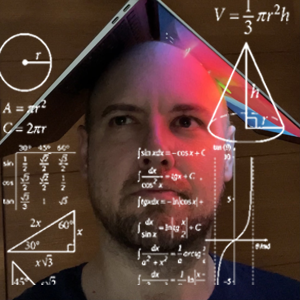Bite-sized history: Pitfalls in historical revision for student consumption
As history teachers, we are the generals in the vanguard. The students are on the front line. The battle is against disinformation.
Students in many countries have been taught a history that has been revised several times over, and state control of media can make it even more challenging to take a critical approach to the curriculum students have been fed their entire academic lives. There is all too often a thin line between history and propaganda, often indistinguishable for impressionable young minds. There are some things we can do to endow our young troops with the weapons to make it easier for them to make the distinction.
This Tweet from a teacher of U.S. History is an imperfect example of how we might present history.
My students weren't ready for this. pic.twitter.com/vlcorbjMpS
— Keith Gough (@GoughTeaches) March 31, 2021
It's important to state the obvious: This is just a tweet. It isn't a lesson or a reflection of pedagogy. If the purpose of the tweet is to score points, it is a winner. On the other hand, if it were meant to explain the purpose of a historical development, it is flawed.
Here we could critique the incomplete historical context of the Monroe Doctrine or the absence of later important developments like the Roosevelt Corollary or the Cold War that modified its original intent. But let's not. Instead, I would focus on how we could modify the presentation to offer a broader spectrum of lenses.
To put it into English: Students should examine historical developments from multiple perspectives. It’s easy to frame the Monroe Doctrine from the point of view of a 20th century imperialist or cold warrior simply because the US was strong and assertive in those periods, just as it is now. It wouldn't be a huge leap for students to see the Monroe Doctrine as a pretext for an expansionist United States to intervene in the affairs of its weaker neighbors.
Those are compelling ideas consistent with much of the rest of US History, but it's incomplete. If, in addition, we can get them to look at the Monroe Doctrine from the perspective of those who issued it -- leaders of a puny, upstart republic, fueled by nationalism, eking out an existence in a world of menacing, domineering monarchies -- it might give students a broader, better understanding of the historical context of that period, rather than the context of our own time. This, I think, is the kind of critical approach students will later need to tackle the challenges of fake news and disinformation.
Here's a real-world example of a question I give to students with the readings of this particular unit:
- Britain
- France
- Spain
- Latin America
Questions like this force students to use a range of historical thinking skills, resulting in a variety of answers that can be used as the basis for a debate. For example, for Latin America, I often get answers as varied as "They would be unhappy to share the hemisphere with an expansionist hegemon," and "They would be happy to have a democratic ally to protect their democratic revolutions from preying imperialists."
Anyway, if you want to know more about the complex problems policymakers like John Quincy Adams took into consideration in the 19th century, a good source is The American Union and the Problem of Neighborhood by James E. Lewis.



